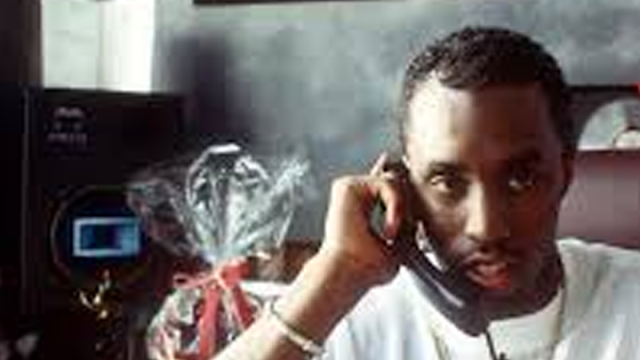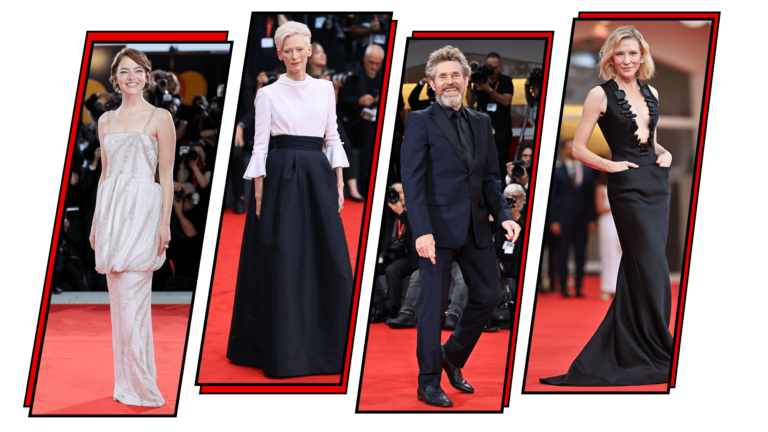
A Hustler from the Start: The Rise of a Young Mogul
Before the music videos, the all-white parties, and the empire he built, Sean “Diddy” Combs was just a hustler trying to make a name for himself. Born in Harlem and raised in the streets of Mount Vernon, New York, Diddy had ambition pumping through his veins. Even as a young man, he showed signs of being much more than your average kid with a dream. He had something extra—ruthlessness, charisma, and a knack for getting what he wanted, no matter what.
He dropped out of Howard University, but not without leaving his mark—organizing parties and events that became legendary on campus. His first taste of fame came as an intern at Uptown Records, where he quickly climbed the ranks from coffee-fetcher to one of the hottest A&R executives in the business. But even then, he was never satisfied with playing second fiddle. And when Uptown let him go, it was the perfect catalyst for him to take his ambitions into overdrive.
By 1993, he had started Bad Boy Records, a label that would go on to redefine hip-hop and set the stage for Diddy’s reign. But was it all legit? The rise of Bad Boy wasn’t just a business story—it was a whirlwind of drama, success, and dark secrets. Some call it genius; others might call it something else entirely.
Bad Boy Records: A Success Built on Talent, Drama, and Controversy
Bad Boy Records was a storm from the very start. It didn’t just change the music scene; it hijacked it. With the signing of The Notorious B.I.G. (Biggie Smalls), the label became a hit-making factory, pumping out chart-topping singles and gold and platinum records like they were mixtapes. Diddy was the mastermind, a larger-than-life character who always knew how to stay one step ahead of the competition.
But behind the music was drama—lots of it. The East Coast vs. West Coast rivalry that dominated the ’90s wasn’t just a PR stunt; it was a real feud, one that would claim lives and leave a lasting impact on the industry. Rumors of payoffs, shady deals, and even ties to street gangs swirled around Diddy and his artists. And then came the tragic deaths of Tupac Shakur and Biggie, a double whammy that rocked the world and left more questions than answers.
To get a detailed look at how this chaotic period affected Diddy’s empire, read our in-depth piece on The Rise and Fall of Diddy: A Deeper Look.
Did Diddy Play a Role in the Drama?
The whispers were everywhere. Was Diddy merely a victim of the rivalry, or did he play a more active role? Some claimed that he encouraged the East Coast-West Coast beef to sell more records, to stay in the headlines. After all, controversy sells, and no one knew how to spin controversy better than Diddy. But whether these claims were legitimate or just the byproduct of a brutal media war is something that remains clouded in speculation. What is clear is that Diddy never let the heat faze him. He kept moving, kept making hits, and kept building his brand.
Fashion, Fame, and the Creation of Sean John
Diddy wasn’t content to stay within the confines of music. He wanted to be everywhere—TV, fashion, clubs, and eventually, even in your liquor cabinet. Enter Sean John, his clothing line that launched in 1998. It wasn’t just any streetwear brand; it was upscale, it was classy, and it was cool. It became a mainstay of urban fashion almost overnight.
But was Sean John truly a symbol of Diddy’s fashion genius, or just another power move to dominate yet another industry? According to insiders, Diddy wasn’t just trying to make people look good—he was trying to redefine what it meant to be successful. He wore Sean John everywhere, turning himself into a walking billboard and forcing the world to take notice.
The Truth Behind the Clothes:
- Sean John won several fashion awards, including the CFDA’s Menswear Designer of the Year award, but the brand was plagued with allegations of exploiting sweatshop labor in Honduras. Diddy publicly denied any wrongdoing, claiming he was unaware of the labor practices. It was a quick PR save, but the scandal lingered.
- Despite the controversies, Sean John’s influence on urban fashion was undeniable. It was more than a clothing brand; it was a lifestyle, a vision of hip-hop success that Diddy embodied and sold to the masses.
Diddy, Cîroc, and the “Bad Boy Lifestyle”
It was around 2007 that Diddy made a bold move that would forever change his business playbook—he became the face of Cîroc Vodka. And let’s be honest, Diddy didn’t just put his name on the bottle; he practically became the bottle. From music videos to TV commercials, Cîroc wasn’t just a drink—it was a status symbol. And who better to represent luxury and success than the man who seemed to have it all?
Diddy turned Cîroc into a hip-hop staple, integrating the brand into his music, lifestyle, and endless parties. It became the official drink of “living your best life,” and sales soared as a result. However, was Diddy the marketing genius behind the rise, or was it all just a perfect storm of celebrity influence and good timing?
The All-White Parties: Fun or Freak Shows?
If there’s one thing Diddy was known for—besides his music and business ventures—it was his parties. Lavish, extravagant, and always star-studded, these were the events where stars became legends. The most famous of these were his All-White Parties, exclusive events where everyone had to dress in white from head to toe. It was about glamour, excess, and living life to the fullest. At least, that’s what the world saw on the surface.
But beneath the Instagram-worthy photos and celebrity guest lists, these parties allegedly had a darker side. Stories began to circulate about the things that happened once the cameras were turned off and the sun went down. From “freak offs” to wild behavior, the parties often bordered on chaos. Fonseca, a photographer who attended many of Diddy’s events, once recalled that the atmosphere could get so intense that it felt like anything could happen. Drugs, nudity, and explosive drama were par for the course, making these parties not just gatherings, but full-blown spectacles.
Want to know more about what really went down at these infamous events? Check out our exposé on Diddy’s Wildest Night: The Untold Story.
The “Freak Offs” and Wild Allegations
The term “freak off” became synonymous with Diddy’s parties. Allegedly, these were moments where the party would get so out of control, it would turn into an unhinged free-for-all. Think VIP sections that were more like Roman orgies than swanky celebrity gatherings. And Diddy was the ringleader, offering up Cîroc shots, encouraging outrageous behavior, and reveling in the chaos he’d created.
The parties became so infamous that it wasn’t just tabloids reporting on the madness—mainstream media and even legal authorities took an interest. And that’s where things started to go south for Diddy.
For a deeper dive into the controversies surrounding these scandalous events, see The Dark Underworld of Diddy’s Empire.
Legal Battles and Public Relations: Diddy on the Defense
Diddy’s empire might have been built on music, fashion, and liquor, but over time, it became clear that controversy and legal battles were a significant part of his story. From allegations of assault to lawsuits from former artists, Diddy has faced numerous legal battles that have challenged his empire.
One of the most explosive incidents involved Diddy’s alleged assault on a former associate, which nearly turned into a full-blown trial. Of course, Diddy has always had a well-oiled legal team, ready to shut down any allegations before they could damage his brand. But not all controversies have been so easily silenced, and with the rise of the #MeToo movement, even Diddy found it increasingly hard to control the narrative.
To understand how Diddy’s legal troubles have evolved and affected his empire, read Diddy Faces a Wave of 120 New Sexual Allegations.
Diddy: Genius or Master Manipulator?
So here we are: Diddy—music mogul, fashion icon, business powerhouse, and controversial figure. He’s a man who built an empire out of nothing, who turned his vision into reality time and time again. But what lies behind the success? Is he a genius entrepreneur who played the industry to perfection, or is there a darker side that most people prefer not to see?
It’s clear that Diddy’s rise to fame wasn’t without its sacrifices, and his methods often blurred the lines between ambition and manipulation. While some see him as a role model for success, others can’t help but wonder what was lost—or buried—along the way.
Want to share your thoughts or read more about Diddy’s rise to power and his tumultuous career? Visit The Diddy Report.








